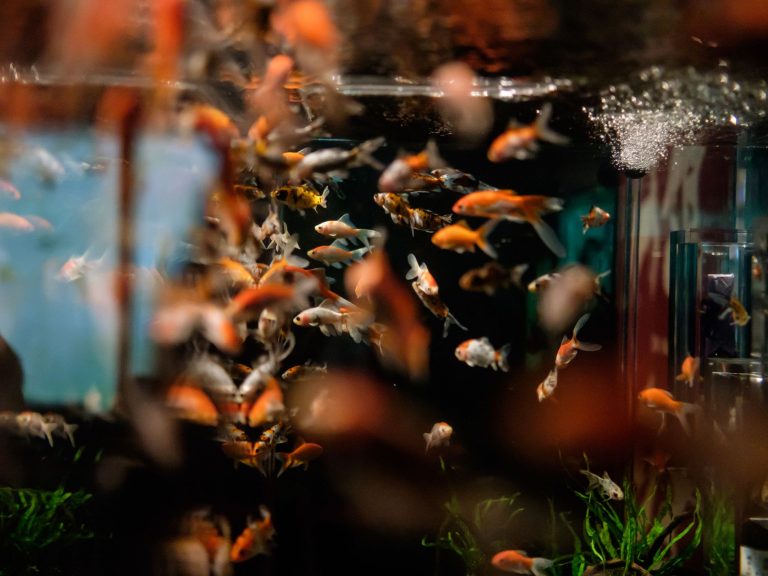The substrate overlaps at the bottom of a tank where vegetation may root and thrive. It also serves as a habitat for bacteria biofilm and microorganisms, which provide food for detritus feeders like shrimp. Microbial bio-film also binds minute particulate materials, with the substrate acting as a capture point. Organic residues in the aquarium plant soil substrate are further into micronutrients that can absorb. A suitable substrate will assist you in relieving tension on the glass, preventing cracking, and making the rocks appear more natural. Several tank substrate options are available in the aquascaping industry, including clay, sand, gravel, and many others.
Need for a suitable substrate
The substrate can also alter water properties; for example, many aqua soils include peat, which softens and lowers the pH of the water. This substrate improves the tank atmosphere for soft-water aquatic species. Other carbonate mineral substrates may increase water hardness instead – Aragonite is commonly used in aquariums to increase water toughness for Cichlids. Except for a few species, most plants require a neutral or sour taste substrate.
Substrates can also be decorative elements; you must select sand that complements the rocks. There are many different colors and textures of gravel and sand. Brown and light sands provide a more lifelike appearance in planted tanks and are simpler to combine with brickwork and woods. A healthy tank substrate is fluffy and compact, enabling proper nutrient flow and root penetration. You must be mindful of the particle size and form of the substrate. Complete aquarium substrate is placed into the tank and set to your liking.
